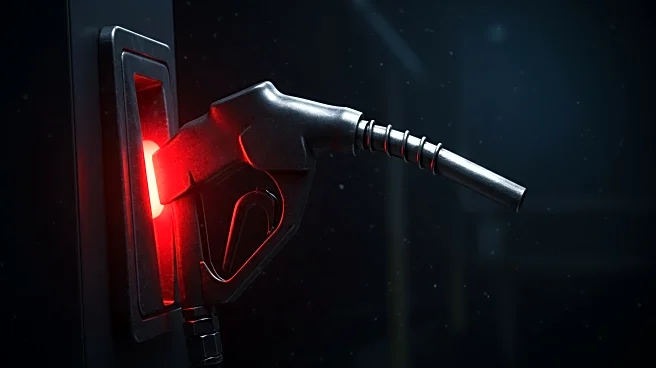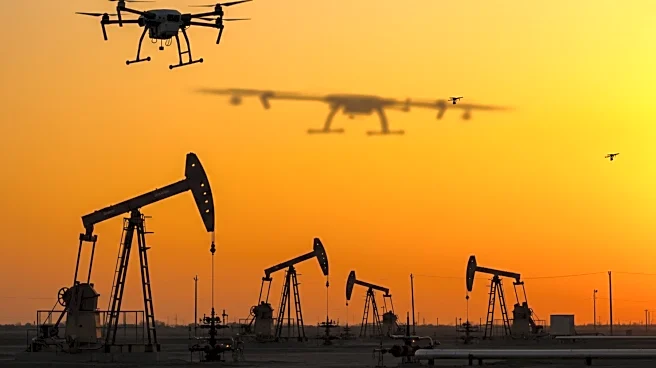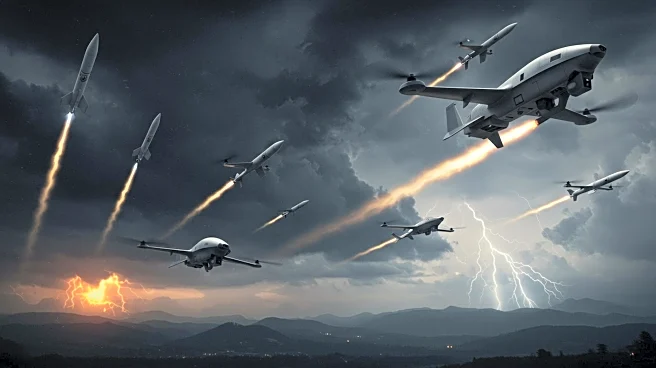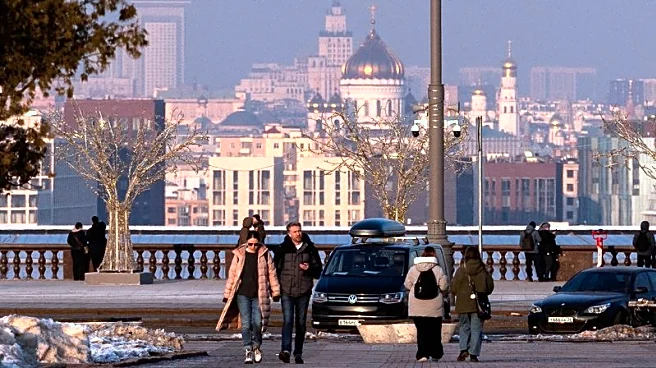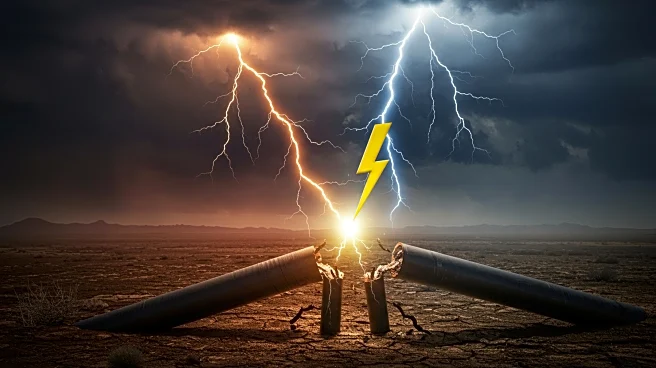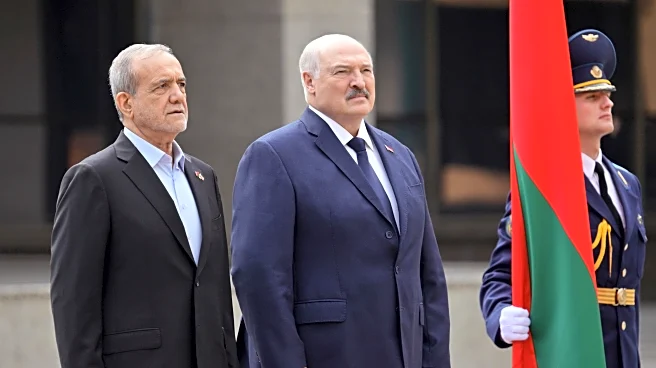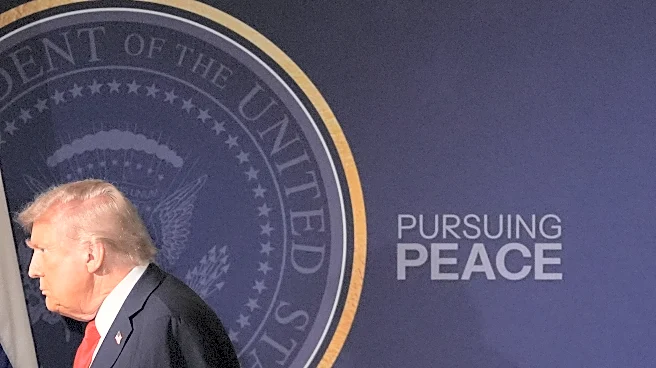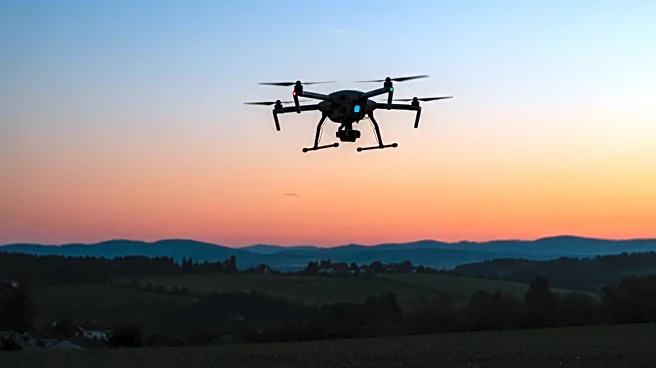What's Happening?
Recent reports indicate that Russian gasoline prices have reached historic highs due to Ukrainian drone strikes on refineries. The national index for AI-92 gasoline increased by 1.33% to 71,516 rubles per ton, while AI-95 rose by 2.19% to 80,430 rubles per ton. These price hikes coincide with peak seasonal demand from summer travel and the upcoming harvest. Experts warn of a potential gasoline shortage in August and September, reminiscent of past fuel crises in 2021 and 2023. Independent gas stations are particularly vulnerable, as they are the first to lose profitability when supplies run short.
Why It's Important?
The surge in gasoline prices and potential shortage could have significant economic implications for Russia. Smaller market players may face bankruptcy, impacting the overall stability of the fuel market. The situation highlights the vulnerability of energy supply chains to geopolitical tensions and military actions. If the shortage persists, it could lead to increased costs for consumers and businesses, further straining the Russian economy. Additionally, the government may need to consider measures such as banning exports or increasing quotas for exchange-traded gasoline sales to mitigate the crisis.
What's Next?
Experts are divided on when gasoline prices might stabilize. Some predict a local peak has been reached, while others expect prices to remain high until October. The Russian government faces limited options to address the crisis, including potential export bans and allowing Belarusian fuel into the market. The situation may prompt further discussions on energy security and the need for strategic reserves to prevent future shortages.
